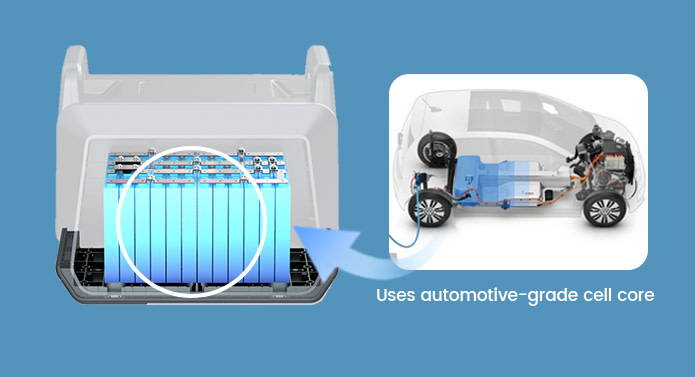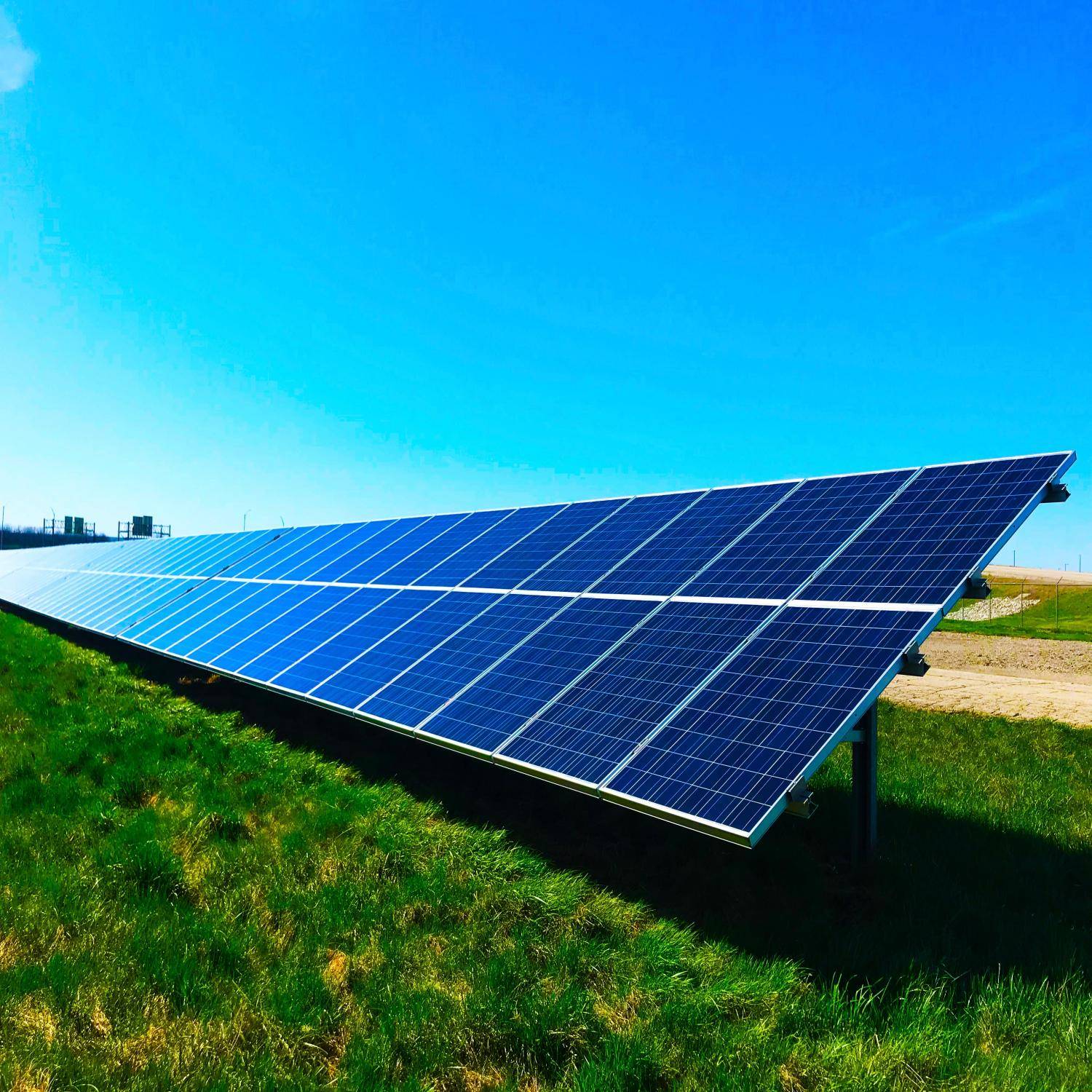We hope this article can help you to
realize lithium iron phosphate and ternary lithium batteries.
Difference between lithium iron phosphate and ternary lithium batteries.
Lithium iron phosphate and lithium ternary batteries are the two types of batteries typically used in power stations. So, what's the difference between the two battery types? Which battery is the most secure? What is the best way to pick?
Lithium iron phosphate battery: The lithium-ion battery using lithium iron phosphate (LiFePO4) as the cathode material is known as a lithium iron phosphate (LiFePO4) battery. There are no supply concerns since it lacks cobalt and other rare elements, low raw material prices, and phosphorus, which is plentiful in the earth's rich resources. It has a moderate (3.2V) operating voltage, a high capacity per unit weight (170mAh/g), a high discharge power, quick charging, a long lifespan, and excellent stability in high temperatures and high heat conditions.
Ternary polymer lithium battery: Ternary polymer lithium battery use ternary composite material for the positive electrode and carbon-silicon composite material for the negative electrode. The negative electrode material, lithium iron phosphate diaphragm material, and diaphragm material are all the same. Nickel-cobalt aluminum and nickel-cobalt manganese are two technological paths for ternary lithium batteries.
Lithium iron phosphate batteries
- Advantages
- Disadvantages
Durable: The batteries last you for an extended period with more than 2000 life cycles.
Good safety performance: lithium iron phosphate crystals in the P-O bond are solid, hard to break down, and will not collapse and heat or generate powerful oxidizing chemicals at high temperatures or overload.
High-temperature resistant: The peak electric heat can vary from 350°C to 500°C, and the operating temperature range is broad (-20C - 75C). Even in the middle of summer, you may safely store it in a car’s trunk.
Energy-efficient and environment-friendly: lithium iron phosphate batteries are typically thought to be devoid of heavy metals and rare metals (NiMH batteries require rare metals), making them ideal green batteries.
Low density: Lithium iron phosphate battery’s energy density, compared to other lithium batteries, is lower, in the same quality, its working time is not as long as ternary lithium batteries.
Higher production costs: Material preparation and battery manufacturing expenses are both higher for these batteries.

Advantages of ternary lithium batteries
High energy density: As a power battery, ternary lithium has a reasonably high energy density. At the same capacity, the energy density of ternary lithium batteries is 1.7 to 2.2 times that of lithium iron phosphate batteries.
Disadvantages of ternary lithium batteries
Not high-temperature resistant: When the fire point is low, the safety performance, impact, and temperature are poor. The battery will be divided in a 200 °C environment, and the internal chemical reaction will be more violent at high temperatures. The reaction process will create oxygen molecules, which will enhance the combustion of electrolyte components, fire, and explosion.







